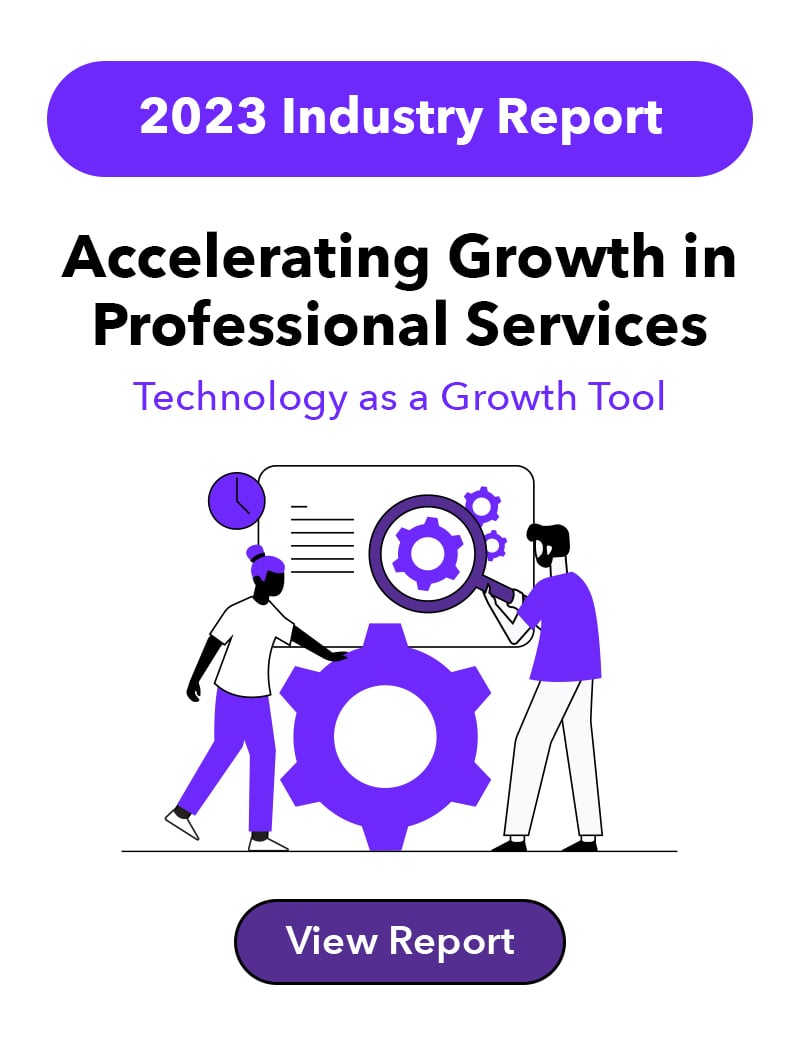In this blog post, Pitchly Co-Founder and Chief Technology Officer Michael Brook explains why and how the data-driven era is now upon us.
As a tech guy, I almost feel like I get to see a preview of what’s to come in the material world by what’s happening in the world of technology.
Over the last several years, how programmers program has drastically changed. We’ve moved from a world of procedure to declaration. What I mean by that is programmers, less and less, need to tell computers how to do everything, and instead they just tell them what they want the end result to be. It’s then the computer’s job to figure out how to get things from point A to B.
But in the material world, most things are still procedural. When we need to create a proposal to send to a client, for example, we whip out Word or PowerPoint, we might start with a template, but everything in this proposal has to be manipulated by hand to fit this specific use case and client. When we’re done, we go through the rigamarole of sending it off, getting feedback, reviewing, editing, then sending it to the client. And pray there are no mistakes.
The data-driven way
If the above example were done in a data-driven way, you would only have to plug in the bare minimum information necessary to generate a new proposal. Maybe the client name, their industry, their logo, and a description of services.
A document would be automatically generated, containing not just this information in all the relevant places, but also the past deals you’ve done for clients who share this client’s industry, other partners you work with, and some stats showing how other clients have benefited from your services, all gathered in real time from your past deals.
Not only that, but the new document could be automatically sent to relevant managers and stakeholders as soon as this information is provided. And most importantly, it’s automatically kept up to date as information in your company changes. Bob left the company? Automatically, he no longer shows in the pitch deck.
When all is said and done, your work can be done in minutes, not hours.
In situations where you’re doing a high degree of repetitive work, data-driven automation is a game changing technology. It allows us to just declare what we want the end result to be (only once), we fill in the variables, and everything in between is taken care of.
The entire concept of data-driven automation is soon going to make way for new genres of products, specifically designed to plug into your data and go. It not only has the potential to skyrocket your everyday productivity, but it is also going to change the way we buy and implement software.
Emphasis will be on your data instead of “the tool.” Data-driven software is pretty useless without a central repository of information it can pull from. So it’s important that, if your company is going to operate in a data-driven world, your business data is made available from a central location, even if just virtually. This will necessitate a virtual data store, where even if the data doesn’t live there, it can pull data from wherever it physically lives in your organization.
At a high level, if software were just being invented today, this is how it should work: plug in the tools you need to your organization's central information repository to get work done quickly using the data your company already has. Instead, though, we’re piecemealing it today by doing the opposite: using a bunch of different tools to do manual work that don’t talk to each other easily or share information. And because we’re fragmenting our data to fit the tool, we’re just exacerbating the data silo problem.
Not only does this new data-driven world facilitate breakthrough automation and bring together your organization's information to make it more valuable, but it also allows your company to now adopt software dramatically quicker. No moving data between different tools or “loading up” the software. On day 1, it is contextually aware of everything going on in your organization (that you want it to know), so your time to value is virtually zero. Your ability to innovate and iterate quickly is dramatically improved across the entire organization.
This is just the beginning of what the data-driven era could mean for your business. It’s inevitable and very exciting.
 Apr 26, 2020
Apr 26, 2020




